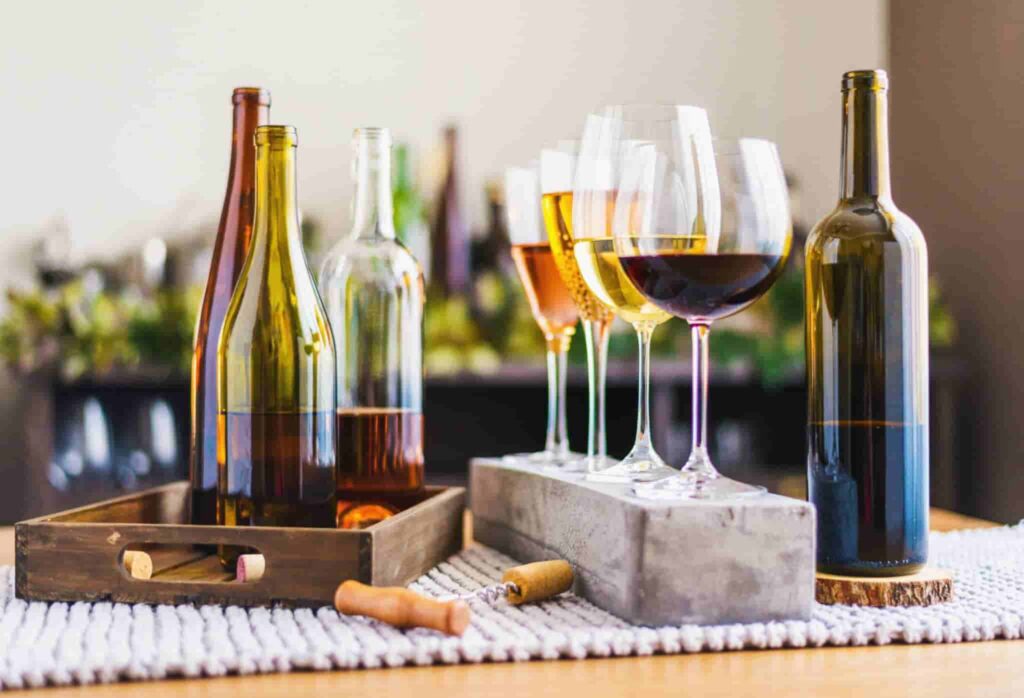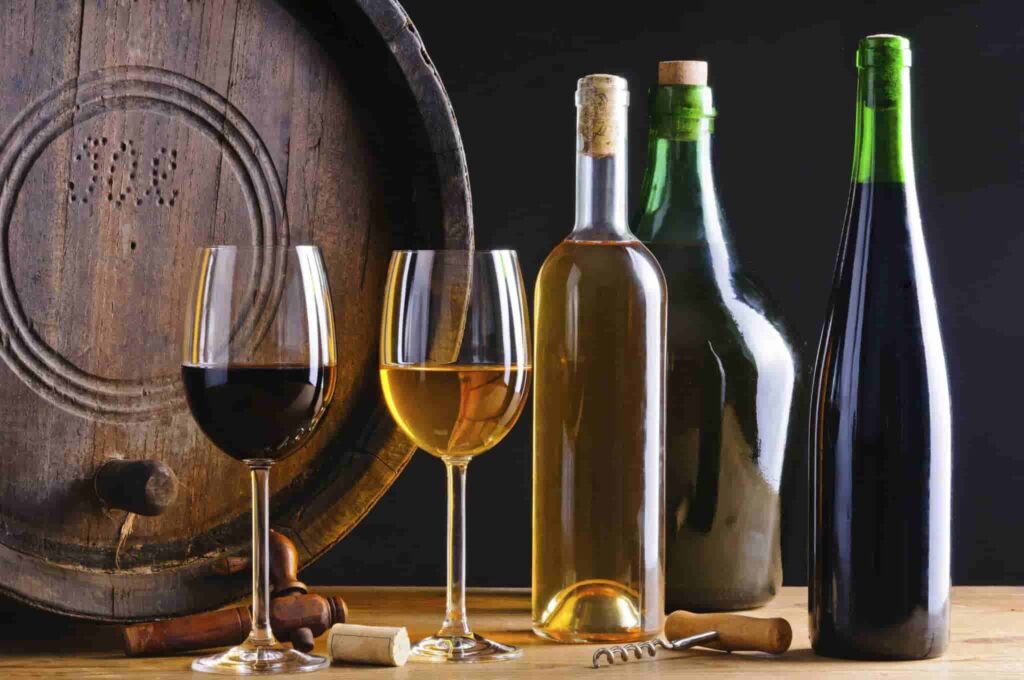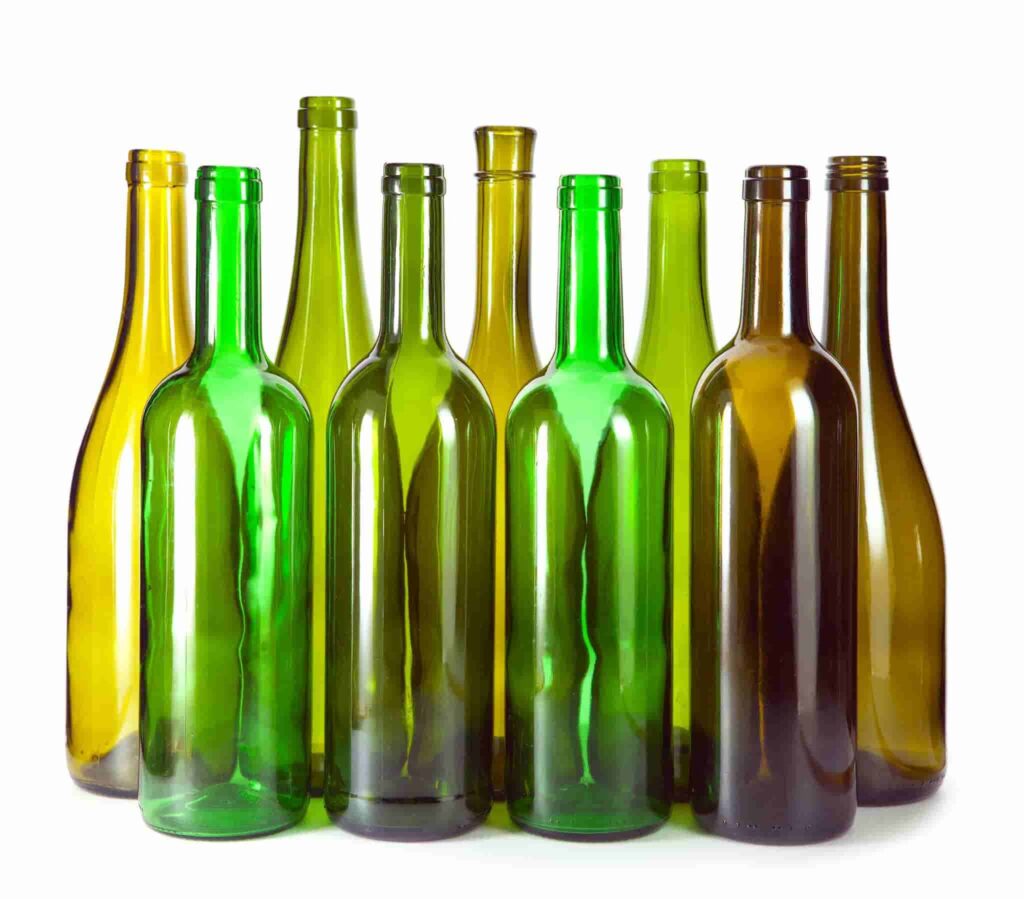When it comes to selecting the perfect wine bottle, several factors come into play. The color, size, shape, and quality of the glass bottle are critical considerations. This guide is tailored for wholesalers, retailers, and wine brand owners looking to make informed decisions when purchasing glass wine bottles, particularly from manufacturers in China.
Section 1 Choose the Right Size for Your Wine Bottles
Choosing the right size for glass bottles, especially in the context of wine, spirits, or other beverages, involves understanding the needs of your product, the expectations of your consumers, and the logistics of packaging and distribution. Here’s a detailed guide on how to select the appropriate glass bottle sizes:
750 ml (Standard): The most common size, ideal for a variety of wines. It serves approximately 4-5 glasses and is the industry standard for wine distribution.
375 ml (Half or Demi): Half the size of a standard bottle, perfect for single servings or for consumers looking to try new wines without committing to a full bottle.
1.5 L (Magnum): Equivalent to two standard bottles. Magnums are often used for higher-end wines as they are believed to age better, thanks to a larger volume and reduced oxygen exposure.
If you’re considering custom glass bottle sizes for your product, don’t hesitate to contact us.

Section 2 Choose the Right Shape for Your Wine Bottles
Choosing the right shape for glass wine bottles is an essential aspect of wine packaging, as the bottle shape can influence consumer perception and is often linked to the type of wine it holds. Here’s a guide on how to select the appropriate glass bottle shapes for wine:
Bordeaux Bottle
Characteristics: Straight sides and high shoulders.
Best for: Cabernet Sauvignon, Merlot, Bordeaux blends. The high shoulders help trap sediment in aged wines.
Popular in: Bordeaux region of France, but widely used globally.
Burgundy Bottle
Characteristics: Sloping shoulders and a wider base.
Best for: Pinot Noir, Chardonnay, and other Burgundy varietals. The design is thought to be older than the Bordeaux bottle.
Popular in: Burgundy region of France and for wines that want to associate with this prestigious area.
Rhine (Alsace) Bottle
Characteristics: Tall, slender with gently sloping shoulders.
Best for: Riesling, Gewürztraminer, and other aromatic white wines. The shape is functional for storing in tight spaces.
Popular in: Alsace region and Germany.
Some shapes may be more efficient for storage and transport. Consider how the bottle will fit in standard boxes and racks. While traditional shapes are popular, custom shapes can offer a unique branding opportunity. This is particularly useful for premium or special edition wines.

Section 3 Choose the Right Color for Your Wine Bottles
Choosing the right color for glass wine bottles is crucial as it not only contributes to the aesthetic appeal of the product but also plays a significant role in preserving the quality of the wine. Here’s a guide to help you select the appropriate glass bottle colors for wine:
3.1 Understanding the Impact of Bottle Color: UV Light Protection
Dark Colored Bottles (Amber, Dark Green): Offer the best protection against ultraviolet (UV) light, which can cause wine to age prematurely. Ideal for wines that are meant to be aged.
Lighter Colored Bottles (Green, Flint/Clear): Less protective against UV light. Suitable for wines that are consumed relatively quickly or for showcasing the wine’s color, such as rosés or white wines.
3.2 Color Associations and Wine Types
Red Wines
Dark Green or Amber: Traditionally used for red wines as they offer better protection against light and can help in the aging process.
White and Rosé Wines
Clear (Flint) or Light Green: Often chosen for white and rosé wines. Clear bottles are particularly popular for showcasing the light color of these wines.
Dessert and Fortified Wines
Variety of Colors: Depending on the tradition and branding, dessert and fortified wines may come in a range of colors, from clear to dark amber.
The choice of bottle color for wine is not just a matter of aesthetics but also functionality. It should align with the type of wine, its aging process, branding strategy, and environmental considerations. Whether you choose traditional colors or opt for something unique, the right bottle color can enhance the perceived value and appeal of your wine.

Section 4 Pay Attention to the Bottle Itself
When selecting glass bottles, especially for wine, it’s crucial to pay attention to glass quality. High-quality glass not only ensures the safety and integrity of the product but also reflects on the brand’s reputation. Here are key defects to watch out for in glass bottles.
▶ Bubbles or Seeds
Description: Small air bubbles trapped in the glass.
Impact: This can weaken the structure of the bottle and affect its appearance.
▶ Stones or Knots
Description: Small, stone-like inclusions within the glass.
Impact: This can create weak points and potentially lead to breakage.
▶ Cracks
Types:
Annealing Cracks: Occur due to improper cooling, typically found near the bottom or along the body.
Thermal Shock Cracks: Caused by rapid temperature changes.
Impact: Cracks, even small ones, can compromise the bottle’s integrity and lead to breakage.
▶ Bird Swings
Description: Wavy distortions in the glass.
Impact: Aesthetic issues, can also indicate uneven glass distribution.
▶ Mould Seam
Description: Visible line where the two halves of the mould join.
Impact: This can be a weak point, and also affects the bottle’s visual appeal.
▶ Dimensional Irregularities
Description: Variations in thickness, height, or diameter.
Impact: This can affect the bottle’s strength and its ability to fit into standard racks or packaging.
▶ Finish Defects
Types:
Overpress or Underpress: Imperfections around the bottle’s opening.
Ragged Finish: Uneven or jagged edges around the mouth.
Impact: This can affect the sealing process and lead to leakage or contamination.
At Smilebottles, we pride ourselves on delivering top-quality glass wine bottles. Our commitment to excellence is reflected in our rigorous quality control processes. We utilize state-of-the-art quality inspection equipment to scrutinize every aspect of our bottles, ensuring they meet the highest standards. To reinforce our commitment to quality, we implemented a secondary sampling inspection. This extra step ensures that even the smallest details meet our stringent criteria.
Our rigorous quality control measures are designed to give our customers peace of mind. When you choose Smilebottles, you’re choosing a product synonymous with quality and reliability.











